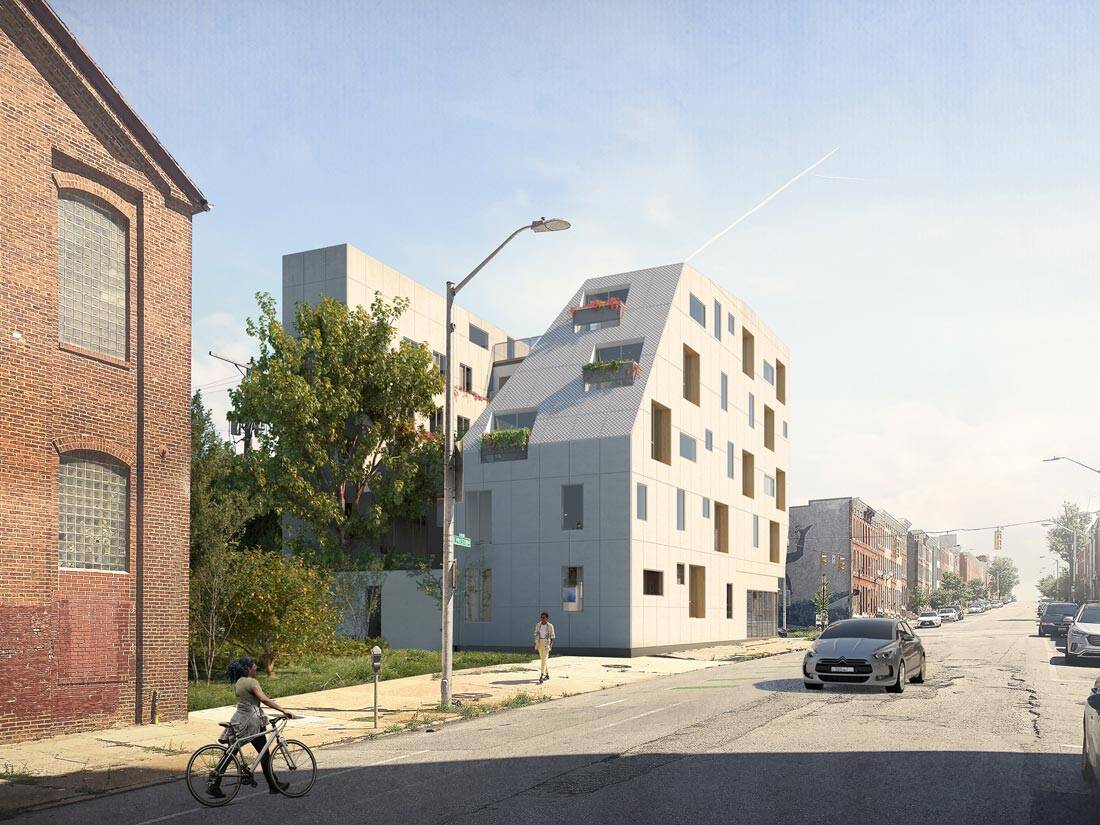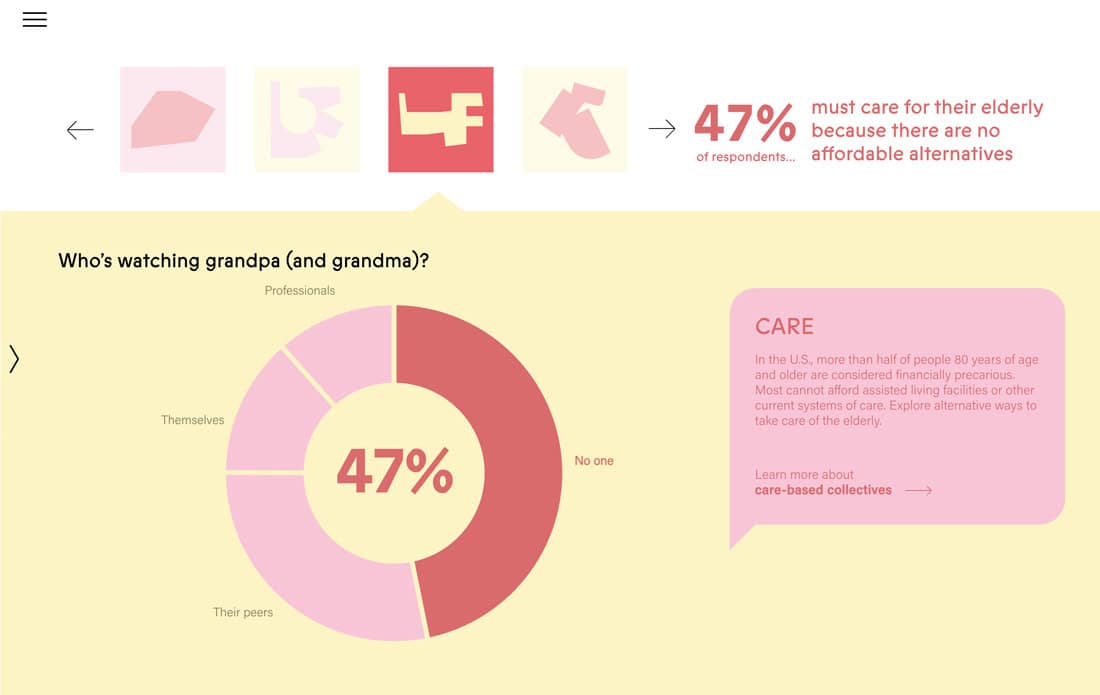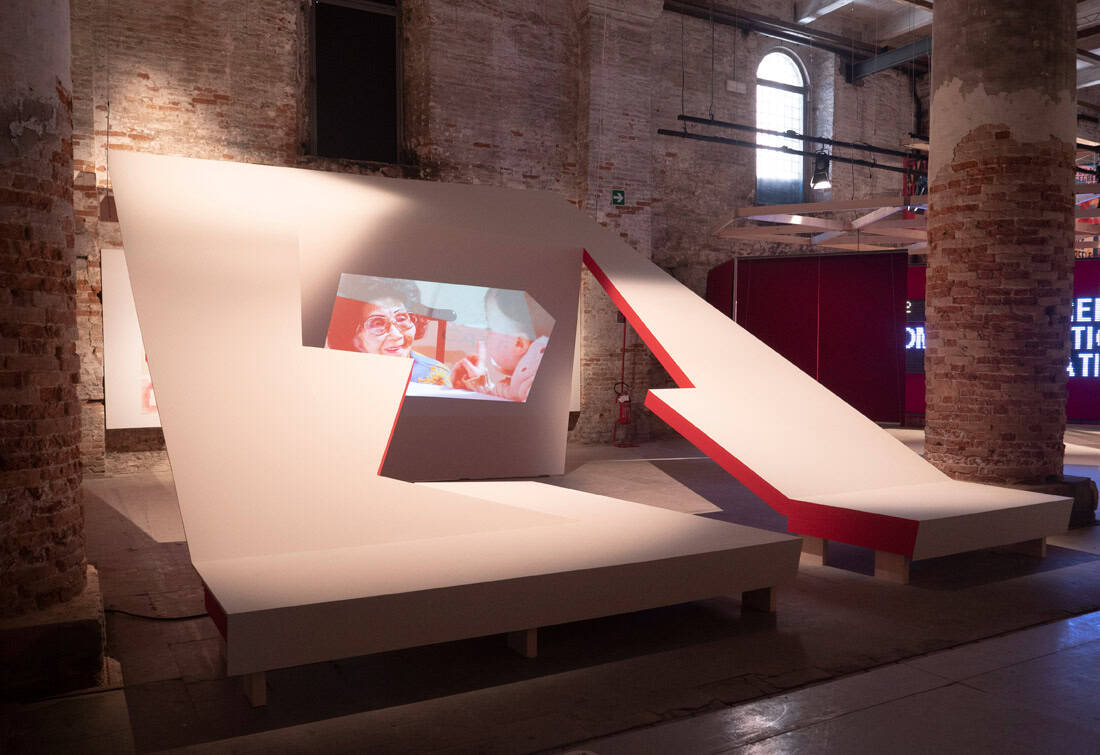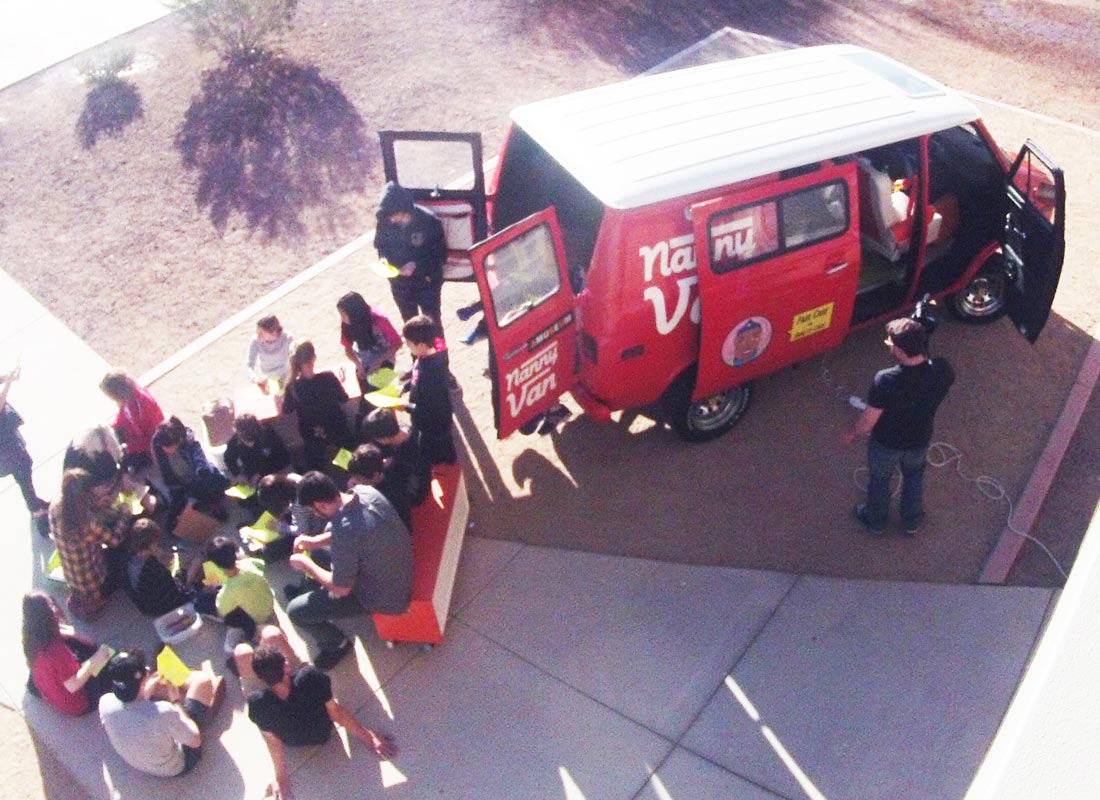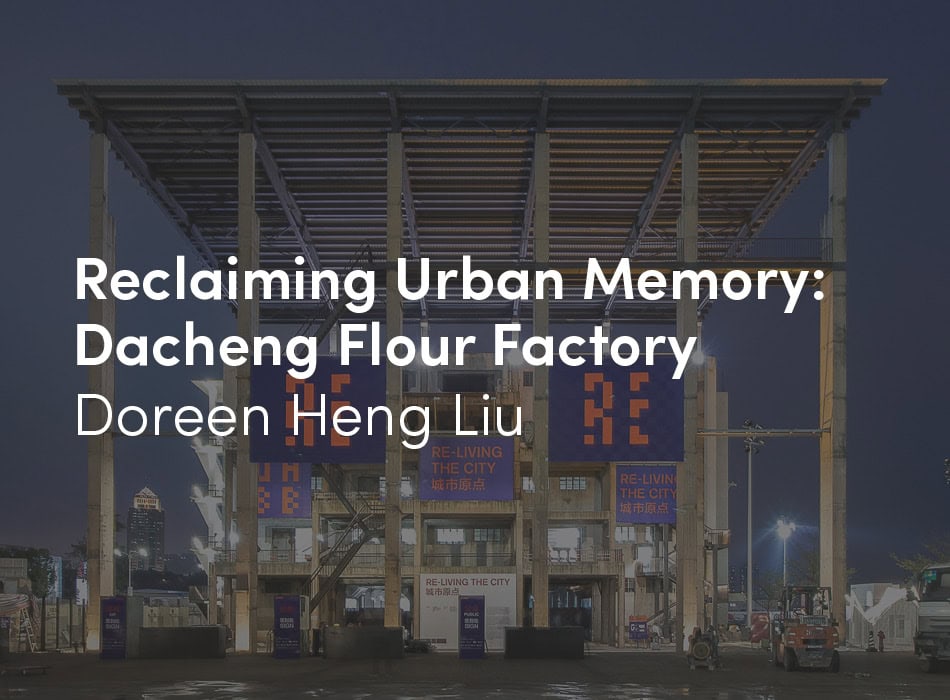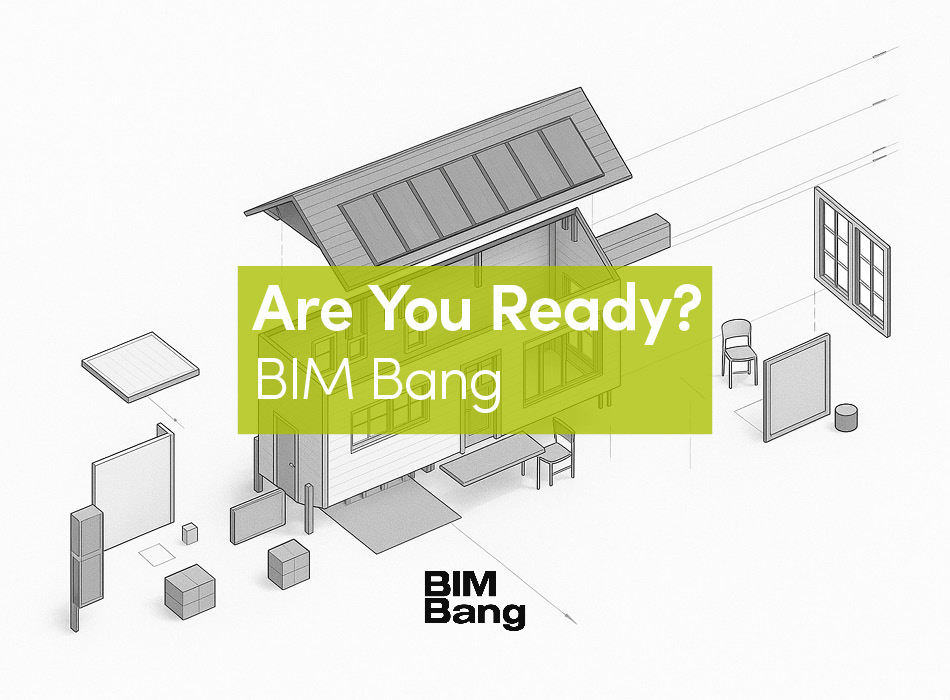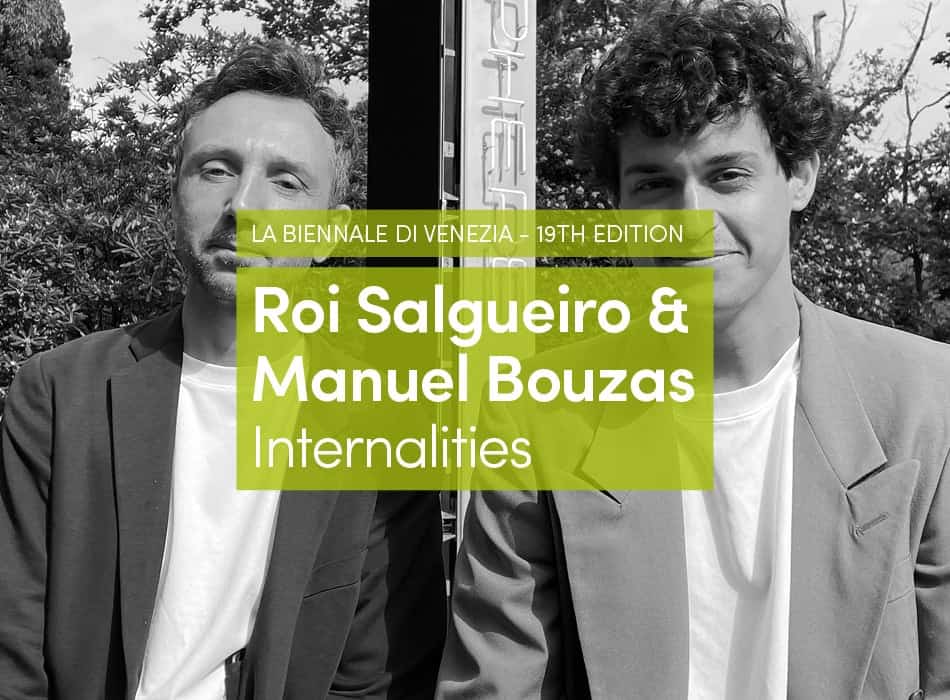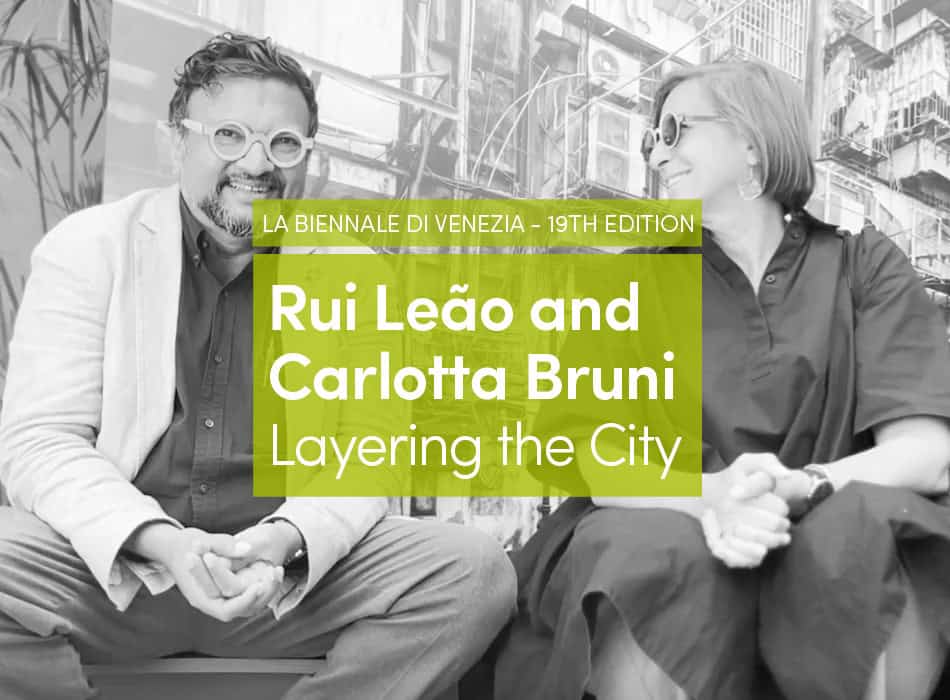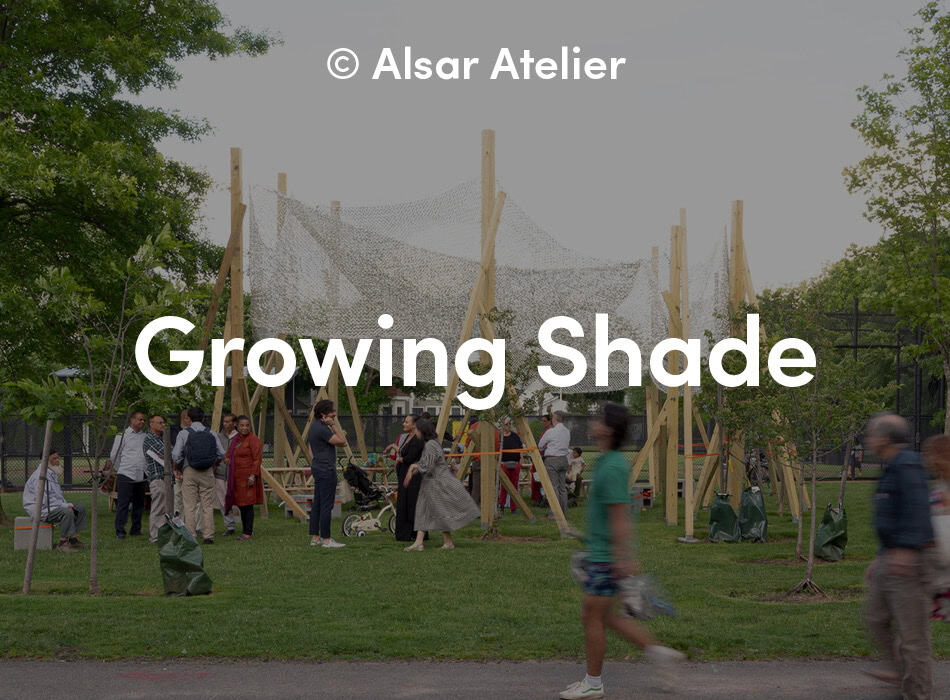Open Collectives is an immersive installation featuring four digital and architectural platforms leveraging solidarity to strengthen economic sovereignty, housing affordability, communal self-determination, and mutual aid.
Carehaus Baltimore is a five-story building designed around a shared courtyard allowing ground level access from both street and alley. To ensure light and air circulation, each floor has a shared terrace facing the courtyard, and each unit has windows facing at least two directions. Built to withstand a pandemic and encourage social integration, Carehaus’ architectural features include outdoor gardens, terraces, an absence of corridors, and drop off locations for packages.
The installation showcases urban projects designed for collectives across different sites and programs, while introducing a crowdsourcing site to engage Biennale Architettura 2021 visitors in sharing their own ideas, experience, and knowledge with a global audience – extending the project’s reach beyond Venice and past 2021. Each component queries relationships between the individual and collective, figure and ground, form and signifier, inviting viewers to shift attention to the spaces we design for mutualism.
Created by the MIT Civic Data Design Lab, Collective Voices is a digital platform that asks visitors to express their ideas across four specific themes (Labor, Care, Living and Market) and the concept of sharing. © Civic Data Design Lab
Visitors to the Open Collectives site are invited to peruse an archive of collectives and share their thoughts on future trajectories. These crowdsourced speculations paint a picture of opinions and attitudes of Labor, Care, Markets, and Living in a more mutualist future. In doing so, visitors form a collective of their own – one that will help shape future incarnations of the Biennale.
Open Collective station structure for the Venice Biennale Architettura 2021. Designed by Rafi Segal A+U, the station’s suspended single surface creates an open yet semi-enclosed space for learning about an emerging architecture for collectives around the world. © Marisa Morán Jahn
The installation’s physical structure embodies the open, yet spatially defined characteristics of an open collective. Videos and printed materials offer fresh perspectives on timely issues: the post-pandemic future of work, reputational economy, elder boom, and the climate refugee crisis, to name a few. Featured architecture projects include:
Quipu is a micro-currency platform and physical marketplace empowering residents of a low-income community in Colombia.
Left: Design for a collective market at Villas de San Pablo, Columbia, as physical communal spaces to support and enhance the Quipu platform – a micro-currency digital platform empowering low-income households. © Rafi Segal A+U
Right: As seen on Carehaus’ Baltimore’s 3rd floor, residential units cluster around a shared kitchen space and an open terrace. A variety of single, double, and triple bedroom units accommodate residents’ varying household sizes. The abundance of open shared space makes caregiving more efficient and safer: caregivers can take turns keeping an eye on those who need close monitoring or support each other in tasks. © Rafi Segal A+U with collaborating artist Marisa Morán Jahn
Mosaic.us is a construction technology company striving to make home building more efficient and affordable.
Carehaus is an intergenerational cohousing community developed with the National Domestic Workers Alliance, in which caregivers live with and care for older and disabled adults.
As a pop-up, place-making project that forms one component of CareForce, the NannyVan unfolds in parks, transit stops, schools, and public spaces where domestic workers (nannies, housekeepers, caregivers) convene to exchange stories and resources. © Marisa Morán Jahn and Studio REV-
Communit offers neighborhood-scale co-living in a neglected neighborhood of Haifa, Israel, known for its history of worker housing and diverse population.





